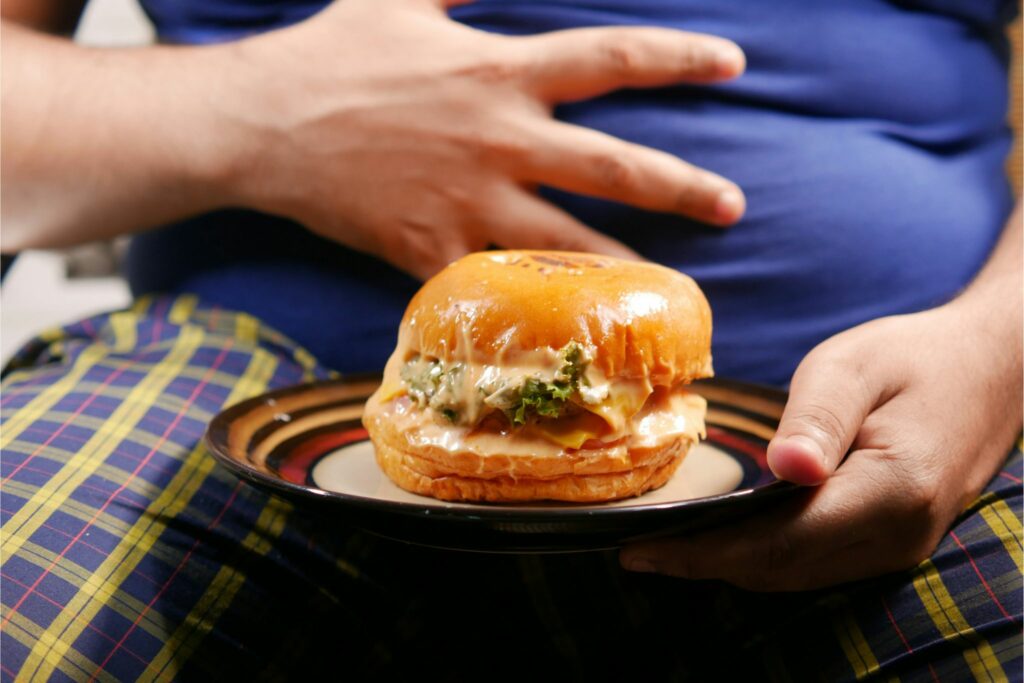UPFs provide over two-thirds of the daily calories consumed by adolescents in the UK, with consumption being highest among those from deprived families, according to a study. The conclusions were drawn from a review of over 3,000 individuals’ food diaries, which were kept between 2008 and 2019, as part of the UK National Diet and Nutrition Survey. The participants were aged 11 to 18.
The results indicate that teenagers in the UK are still consuming more UPF foods than other age groups, despite a little decline in intake from 68% to 63% throughout the survey, according to the authors. The University of Cambridge study’s first author, Dr. Yanaina Chavez-Ugalde, stated that the findings made clear that adolescents’ diets heavily favour UPFs.
Impact on health and dietary recommendations
Adolescence is a special time in life when people become somewhat more independent and have greater control over their diets. Also, it’s when healthy habits usually become established, according to her. “I believe that ultra-processed foods have a place in our diets, but not in the amounts that we currently consume.”

Even when highly processed, wholegrain bread and cereals can be a significant source of dietary fibre, according to Chavez-Ugalde. However, she indicated that a realistic intake should be closer to 20% than two-thirds. She continued by saying that comprehensive policy changes were required to encourage teenagers to make healthier decisions. These measures included increased access to nutrient-dense food, marketing regulations, and greater food education.
Foods produced industrially that have been processed and packaged with artificial flavourings, sweeteners, emulsifiers, and preservatives are known as UPFs. Usually rich in sodium, carbohydrates, and saturated fats, they are a sign of a poor diet and have been connected to several health hazards, such as cancer, type 2 diabetes, and obesity.
Socioeconomic and regional disparities
In the most recent study, the majority of retail breads, breakfast cereals, crisps, and ready meals were among the more than 5,000 food products that the scientists evaluated using the official NOVA criteria in order to identify UPFs.
Although UPFs accounted for 66% of adolescents’ total caloric intake on average, the study, which was conducted in conjunction with the University of Bristol, discovered that social inequalities existed. More UPFs were consumed (68.4%) by people from more deprived backgrounds than by people from less deprived situations (63.8%). The consumption rate was higher in the north of England than in the south (67.4% vs. 64.1%) and among those from white backgrounds than non-white backgrounds (67.3% vs. 59%). Across all age groups, 18-year-olds consumed slightly less UPFs—63.4%—than 11-year-olds—65.6%.
Calls for policy changes and future research
Many individuals “know how to eat healthily”, according to Chavez-Ugalde. “UPFs are more affordable and convenient than minimally processed food, so they replace or displace it.” The European Journal of Nutrition contains details.

Despite the declines shown during recent survey years, the percentage of total daily calorie consumption from ultra-processed foods is very high, according to Carmen Piernas-Sanchez, a nutrition scientist at the University of Oxford who was not involved in the study. Numerous other nations, including the US, have released comparable statistics.
The top food sources that contribute the most to UPF consumption should be reported in future studies of this kind, she continued. This will assist policymakers’ efforts to enhance the dietary quality of the UK populace.
A new food label has been introduced in several nations because of concerns about UPFs and their possible impact on health. But the University of Reading’s Gunter Kuhnle, a professor of nutrition and food science, advised against doing so.
It’s probably not the best idea to set additional standards for what should be avoided. He believes that shifting to a more optimistic viewpoint is preferable. Additionally, it would be very logical given the amount of dispute regarding what to avoid. Must we have a healthier diet? Yes. But solid proof is required before recommending something like “don’t eat X”.
(Tashia Bernardus)
